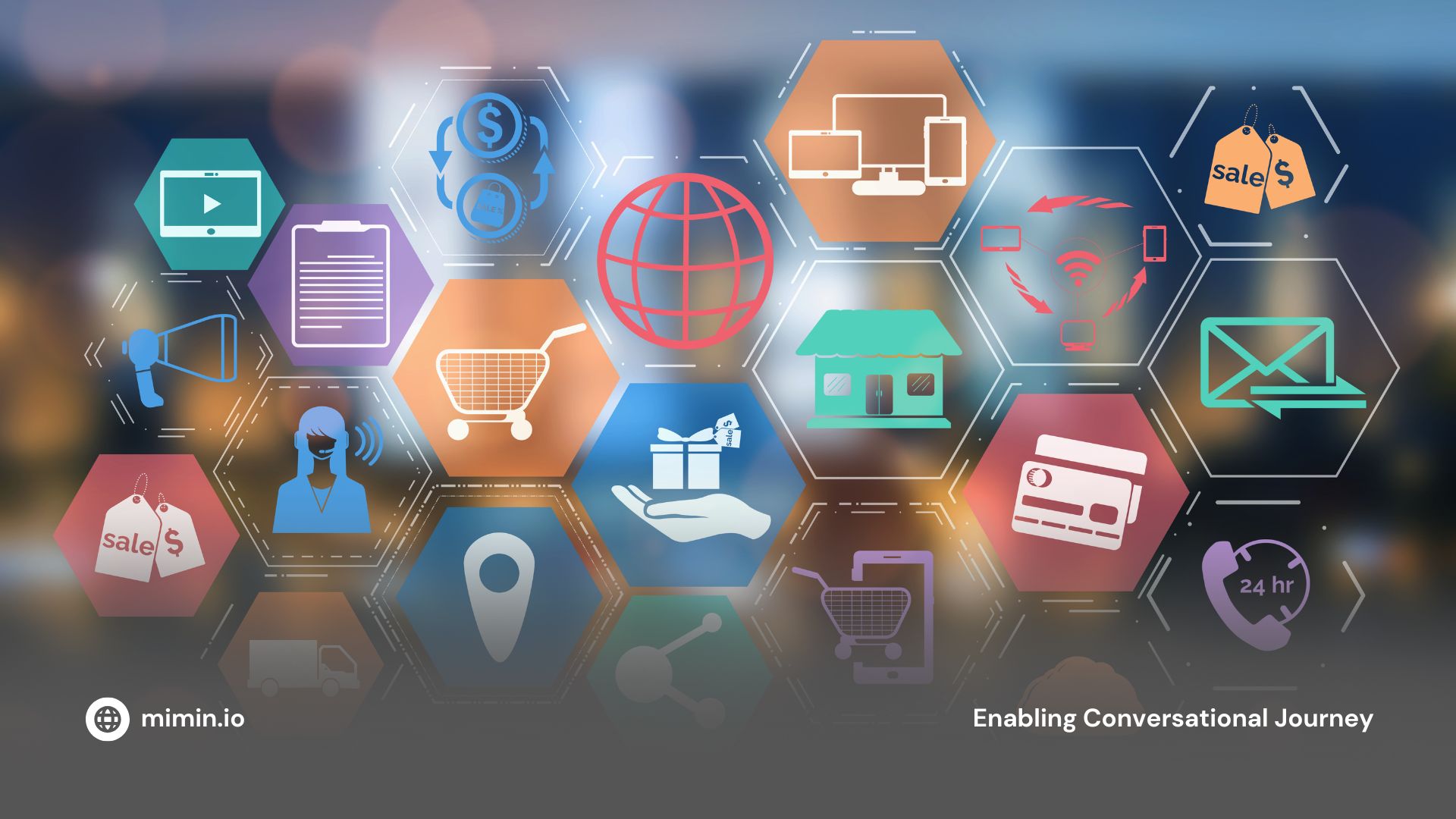In today’s digital landscape, customers engage with brands across multiple touchpoints, from physical stores and e-commerce platforms to social media and mobile apps. However, merely having multiple channels isn’t enough—they must be seamlessly connected to deliver a smooth, engaging experience.
Multichannel vs. Omnichannel: What’s the Difference?
A study by Harvard Business Review found that 73% of customers use multiple channels during their shopping journey. But how can businesses effectively manage customer interactions?
Two primary approaches stand out:
- Multichannel: Uses multiple platforms but keeps them separate, leading to inconsistent experiences.
- Omnichannel: Integrates all channels within a single ecosystem, ensuring seamless interactions and a unified customer journey.
Multichannel vs. Omnichannel: Key Comparison
| Key Aspect | Multichannel | Omnichannel |
|---|---|---|
| Strategy Focus | Expands reach with separate channels. | Unifies all touchpoints for a seamless journey. |
| Data Integration | Siloed data, limiting personalization. | Consolidates data for real-time insights. |
| Customer Experience | Varies across channels, creating friction. | Smooth, consistent interactions. |
| Operational Efficiency | Requires manual management for each channel. | Centralized automation reduces workload. |
| Sales & Conversion | Switching between channels is cumbersome. | Higher conversion rates with seamless transitions. |
Why Omnichannel Drives Faster Business Growth
1. Superior Customer Experience
A disconnected multichannel strategy creates friction—for example, a customer browsing on Instagram might have to restart their search in-store. Omnichannel eliminates this gap, ensuring continuity across platforms.
2. Advanced Personalization & Data Insights
With multichannel, customer data is scattered, making personalization difficult. Omnichannel unifies all data, allowing businesses to offer tailored recommendations based on real-time customer behavior.
3. Increased Efficiency & Cost Savings
Managing disconnected channels means higher operational costs. Omnichannel streamlines processes, automates workflows, and enhances customer response times—reducing resource strain.
Is Omnichannel Always the Best Choice?
While omnichannel offers superior customer experiences, it requires:
✔ A centralized CRM to track interactions.
✔ An integrated inventory system for real-time order management.
✔ A data analytics framework for hyper-personalization.
For small businesses, a well-executed multichannel strategy may be sufficient in the early stages. However, as customer expectations evolve, omnichannel becomes a necessity for long-term success.
According to UC Today, 90% of consumers prefer omnichannel experiences—making it an essential strategy for growth.
Transform Your Customer Experience with Omnichannel AI
Want to unlock the power of omnichannel automation? Contact Mimin here today to see how our AI-driven solutions can revolutionize your business!





